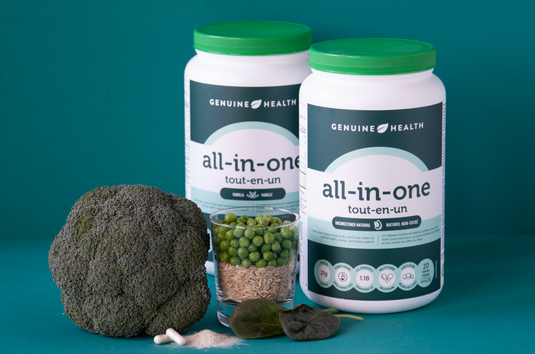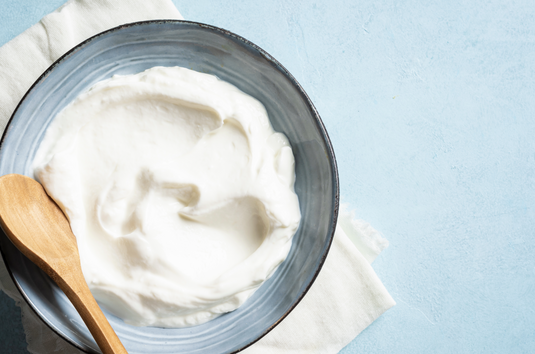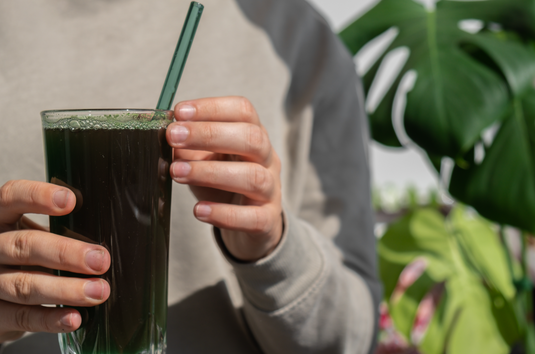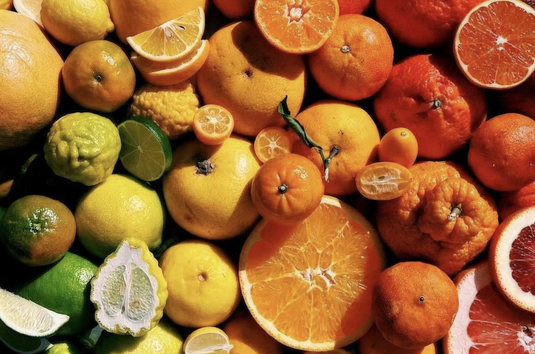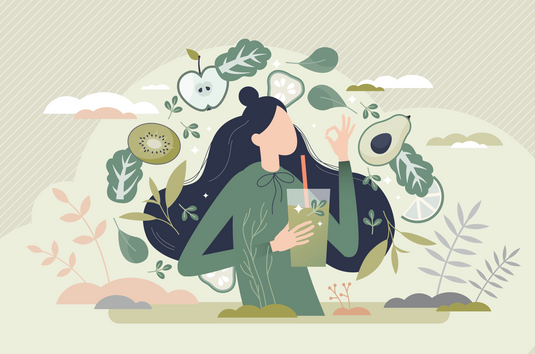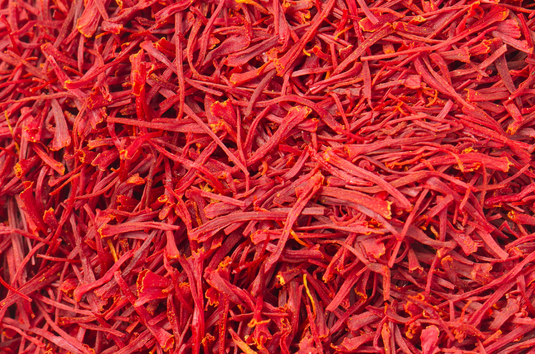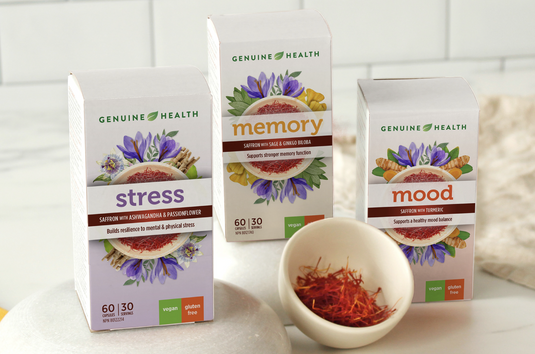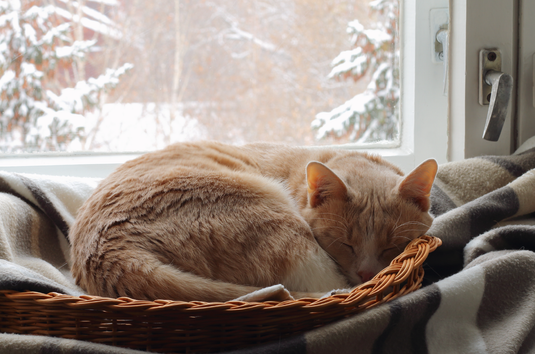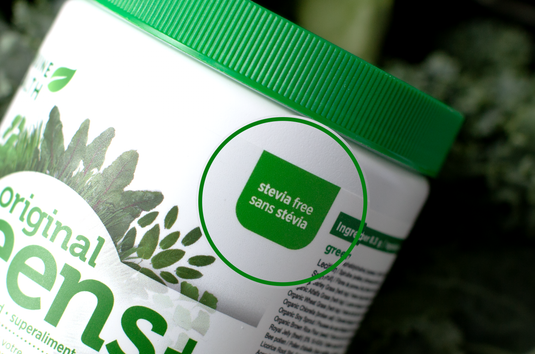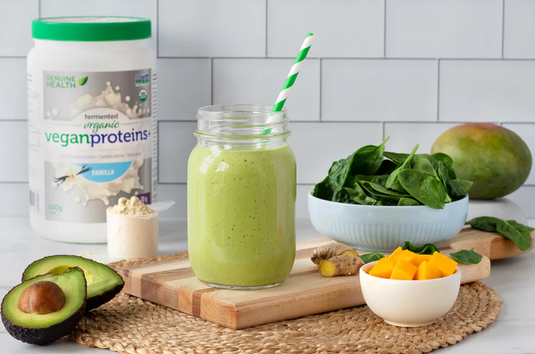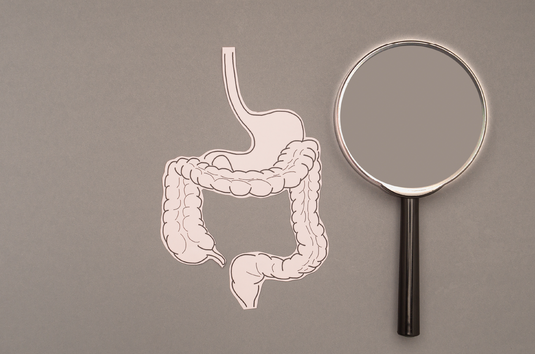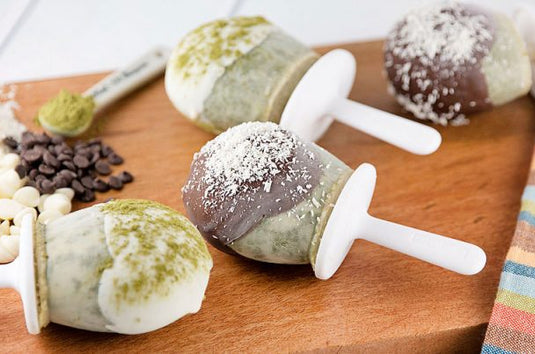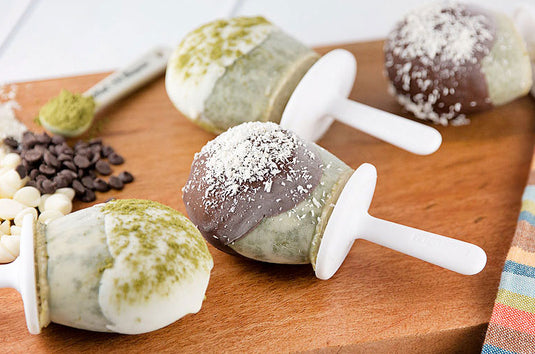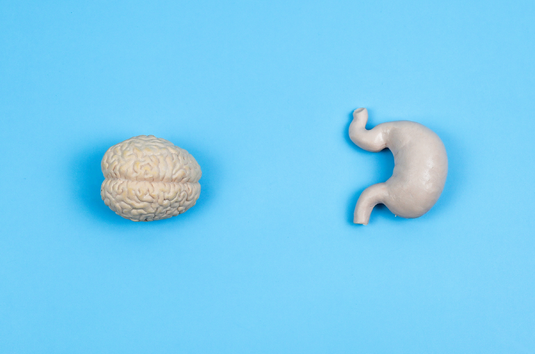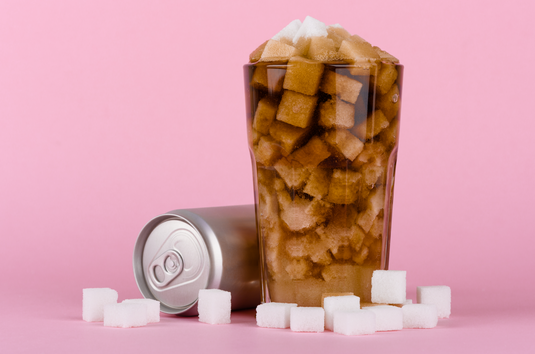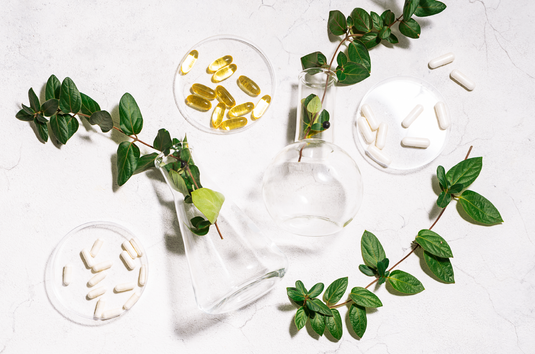Le secret d'un gastroentérologue pour Équilibrer et restaurer votre santé intestinale
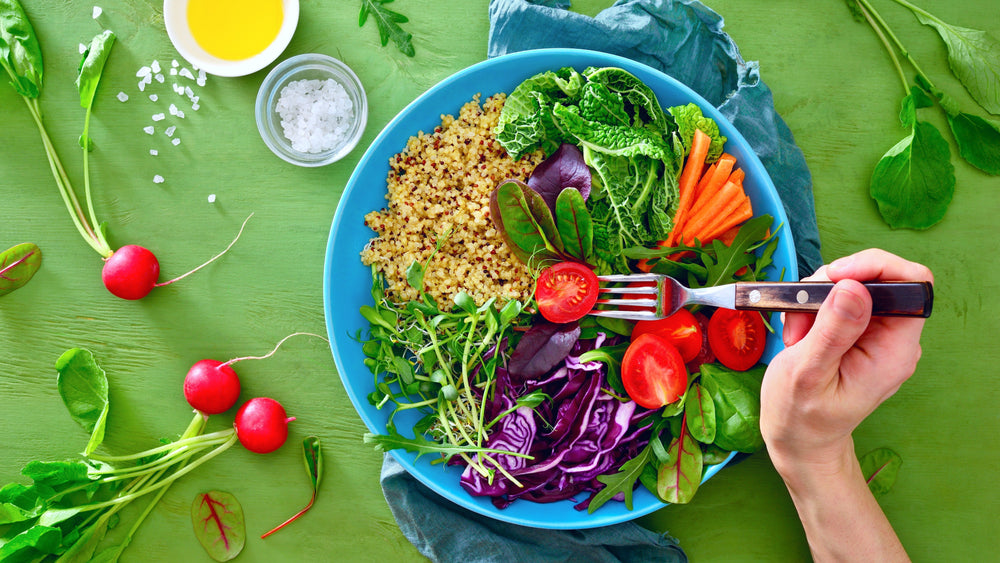
En tant que gastro-entérologue, je prends en charge quotidiennement des patients souffrant de troubles digestifs. Qu'il s'agisse de brûlures d'estomac, de douleurs abdominales, de diarrhée ou de constipation, ils viennent chercher un soulagement. Dans presque tous les cas, je considère que la cause profonde de leur problème est un déséquilibre du microbiote intestinal.
C'est cet équilibre qui permet à l'intestin de fonctionner de manière optimale. 1 Cet équilibre est assuré par une vaste communauté d'organismes vivants, invisibles à l'œil nu. Cette communauté constitue notre microbiome, composé de bactéries, de champignons, de virus et d'archées . 2 On y trouve parfois aussi des parasites, bien que cela soit beaucoup moins fréquent dans notre monde occidental hyperstérilisé. 3
Il n'y a jamais eu de moment dans l'histoire de l'humanité où nous n'ayons pas entretenu de relation avec ces microbes. Ils ont évolué avec nous depuis le tout début. Si nous avons survécu, ils ont survécu. 4 Grâce à la coévolution, ils sont devenus un élément essentiel de notre identité et jouent un rôle central dans la régulation de notre métabolisme, de l'absorption des nutriments, de notre système immunitaire et même de l'expression de nos gènes. 5,6
Il est préférable de considérer notre microbiome comme un écosystème, comparable à la forêt amazonienne. Imaginez-vous voler à 10 600 mètres d'altitude et contempler l'étendue de cet écosystème. Vu du ciel, il ressemble à une immense jungle, mais si vous sautez d'un avion et sautez en parachute, vous vous retrouverez soudain au sol, entouré d'arbres, de plantes, d'oiseaux, de reptiles, d'insectes et de mammifères. Chaque partie de la jungle possède sa propre faune, un équilibre résultant des conditions environnementales.
Votre gros intestin n'est pas différent. Vue d'une altitude de 10 600 mètres, le côlon abrite 40 000 milliards de bactéries, dont des centaines d'espèces différentes. 7 Sans parler des champignons, des archées et des virus. Mais si vous zoomiez au microscope électronique, vous constateriez que différentes régions du côlon présentent un mélange unique de microbes, défini par l'environnement colique. 8
Le principal facteur de l'environnement intestinal est la nourriture que vous mangez. Chacun de nous consomme en moyenne 2 à 3 repas par jour (plus les collations). Si l'on fait le calcul, cela représente une quantité considérable de nourriture par an. Nous savons que l'alimentation est le meilleur indicateur du microbiome intestinal. 9 En substance, les aliments que vous choisissez créent l'environnement de vos intestins. Certains microbes prospéreront, tandis que d'autres mourront de faim. 10 On pourrait dire que vous êtes ce que vous mangez, mais il est plus exact de dire que vous êtes ce que vos microbes mangent. Et si la nourriture crée un environnement qui permet à vos microbes de prospérer et d'améliorer votre santé, alors la nourriture EST véritablement un médicament.
Néanmoins, nous savons que l'alimentation est le meilleur indicateur du microbiome intestinal. En substance, les aliments que vous choisissez façonnent l'environnement de vos intestins. Certains microbes prospéreront, tandis que d'autres mourront de faim. On pourrait dire que vous êtes ce que vous mangez, mais il est plus exact de dire que vous êtes ce que vos microbes mangent. Et si l'alimentation crée un environnement qui permet à vos microbes de prospérer et d'améliorer votre santé, alors l'alimentation est un véritable médicament.
Alors, quels aliments ont démontré leur efficacité pour optimiser notre microbiome ? Selon une analyse du Dr Rob Knight et de l’American Gut Project, le meilleur indicateur d’un microbiome intestinal sain est… (*roulement de tambour*) : la diversité des plantes que vous consommez. 11 Des études suggèrent que notre microbiome prospère dans un environnement riche en polyphénols, composés phytochimiques et fibres d’origine végétale. 12,13 Chaque plante apporte un mélange unique de ces facteurs qui a des effets positifs sur nous. L’adage populaire « Mangez l’arc-en-ciel ! » est tout à fait vrai.
Créer cet environnement commence par maximiser notre consommation d'aliments végétaux diversifiés. Impossible de faire l'impasse sur cette étape. Or, un fonctionnement intestinal optimal implique une diversité maximale d'aliments végétaux au quotidien 14 , ce qui peut s'avérer difficile à atteindre avec nos emplois du temps chargés et la limitation à trois repas par jour.
C'est pourquoi je suis un grand fan des superaliments intestinaux riches en fibres+ de Genuine Health. Ce mélange vibrant, inspiré de l'arc-en-ciel, réunit le meilleur de la nature et offre un regain d'énergie grâce à des fruits frais de haute qualité et une variété de légumes de la terre et de la mer.
Betterave, griotte, champignon shiitake, gingembre et spiruline ne sont que quelques exemples de ces ingrédients qui favorisent la santé digestive grâce au pouvoir de la fermentation. Chaque portion est également riche en fibres et constitue une délicieuse façon simple de nourrir votre corps et d'améliorer votre bien-être. Vegan, sans gluten et sans arachides. Chaque ingrédient est également certifié biologique et sans OGM.
Si notre objectif est d’augmenter la diversité des plantes dans notre alimentation, les superaliments intestinaux riches en fibres+ sont spécifiquement conçus pour nous aider à y parvenir.
Date de modification : 24 février 2025
Références
-
Hrncir T. Dysbiose du microbiote intestinal : facteurs déclenchants, conséquences, options diagnostiques et thérapeutiques. Microorganismes . 2022 ; 10(3) : 578. doi : 10.3390/microorganisms10030578
-
Le microbiome. Fondation canadienne pour la promotion de la santé digestive. Consulté le 24 février 2025. https://cdhf.ca/fr/affections-digestives/le-microbiome/
-
Ianiro G, Iorio A, Porcari S, et al. Effets du parasitome intestinal sur la santé humaine. Ther Adv Gastroenterol . 2022;15:17562848221091524. doi:10.1177/17562848221091524
-
Quercia S, Candela M, Giuliani C, et al. De la vie à l'évolution : échelles de temps de l'adaptation du microbiote intestinal humain. Front Microbiol . 2014 ; 5:587. doi:10.3389/fmicb.2014.00587
-
Hou K, Wu ZX, Chen XY, et al. Microbiote, santé et maladies. Signal Transduct Target Ther . 2022;7(1):1-28. doi:10.1038/s41392-022-00974-4
-
Richards AL, Muehlbauer AL, Alazizi A, et al. Le microbiote intestinal a un effet étendu et modifiable sur la régulation des gènes de l'hôte. mSystems . 2019;4(5):e00323-18. doi:10.1128/mSystems.00323-18
-
Dupont HL, Jiang ZD, Dupont AW, Utay NS. Le microbiome intestinal dans la santé et la maladie humaines. Trans Am Clin Climatol Assoc . 2020;131:178-197.
-
Martinez-Guryn K, Leone V, Chang EB. Diversité régionale du microbiome gastro-intestinal. Cell Host Microbe . 2019;26(3):314-324. doi:10.1016/j.chom.2019.08.011
-
Rinninella E, Tohumcu E, Raoul P et al. Le rôle de l’alimentation dans la formation du microbiote intestinal humain. Meilleures pratiques Res Clin Gastroenterol . 2023;62-63:101828. est ce que je:10.1016/j.bpg.2023.101828
-
Zhang P. Influence des aliments et de la nutrition sur le microbiote intestinal et implications pour la santé intestinale. Int J Mol Sci . 2022;23(17):9588. doi:10.3390/ijms23179588
-
McDonald D, Hyde E, Debelius JW, et al. American Gut : une plateforme ouverte pour la recherche citoyenne sur le microbiome. mSystems . 2018 ; 3(3) : e00031-18. doi : 10.1128/mSystems.00031-18
-
Santhiravel S, Bekhit AEDA, Mendis E, et al. Impact des composés phytochimiques végétaux sur le microbiote intestinal humain pour une vie équilibrée. Int J Mol Sci . 2022;23(15):8124. doi:10.3390/ijms23158124
-
Fu J, Zheng Y, Gao Y, Xu W. Apport en fibres alimentaires et microbiote intestinal en santé humaine. Microorganismes . 2022 ; 10(12) : 2507. doi : 10.3390/microorganisms10122507
-
Aziz T, Hussain N, Hameed Z, Lin L. Élucider le rôle de l'alimentation dans le maintien de la santé intestinale afin de réduire le risque d'obésité, de maladies cardiovasculaires et d'autres maladies inflammatoires liées à l'âge : défis récents et recommandations futures. Gut Microbes . 16(1):2297864. doi:10.1080/19490976.2023.2297864

